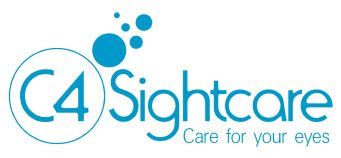Children’s Eyecare
Parents often take their children for a dental examination at a very early age yet fail to consult an expert for an in-depth eye examination.
They instead rely on the simple and infrequent screening carried out by health visitors or community orthoptists, but our optometrist can look beyond these basic procedures.
Our optometrist can check the health of your child’s eyes and can measure the focusing characteristics to make sure there are no obstacles to sight developing well in both eyes.
Your child’s eyesight is precious and any problem can cause an enormous setback to their education. School can be very demanding on their eyes. Pupils look at black boards, study text books and increasingly stare at computer screens so good vision is essential.
Many defects such as short sightedness, a squint or astigmatism can be inherited, but only a full eye examination can pick them up. Why not let us look after your whole family?
The sooner the better
Critical visual development takes place in children earlier than most parents imagine - between 18 months and three years of age. During this time, good sight and eye co-ordination are consolidated and it is also when squints and lazy eyes become ingrained.
Treating these problems should start during or even earlier than this important age. Some specialists recommend that parents bring their children for regular checks from the age of six months or even earlier if anyone in the family has a squint or a lazy eye.
The eye examination
There are various ways of measuring how well a youngster can see using the matching of pictures and shapes. Important focusing measurements can be taken by shining a special light at the child’s eyes. This needs no more co-operation from them than looking steadily in one direction for a few seconds.
Most children find the eye examination quite enjoyable and are usually much less anxious about it than their parents! A popular misconception is that a child has to be old enough to name letters, but waiting until then can be a long time after the important 18 months to three year age group.
By establishing a routine or regular eye examinations for your child from an early age, you could stop a sight defect from being carried through into adulthood and you will encourage a good habit that could last them for the rest of their life.
A full examination also reveals a lot about general health and potential health problems may be prevented from developing is discovered early enough.











